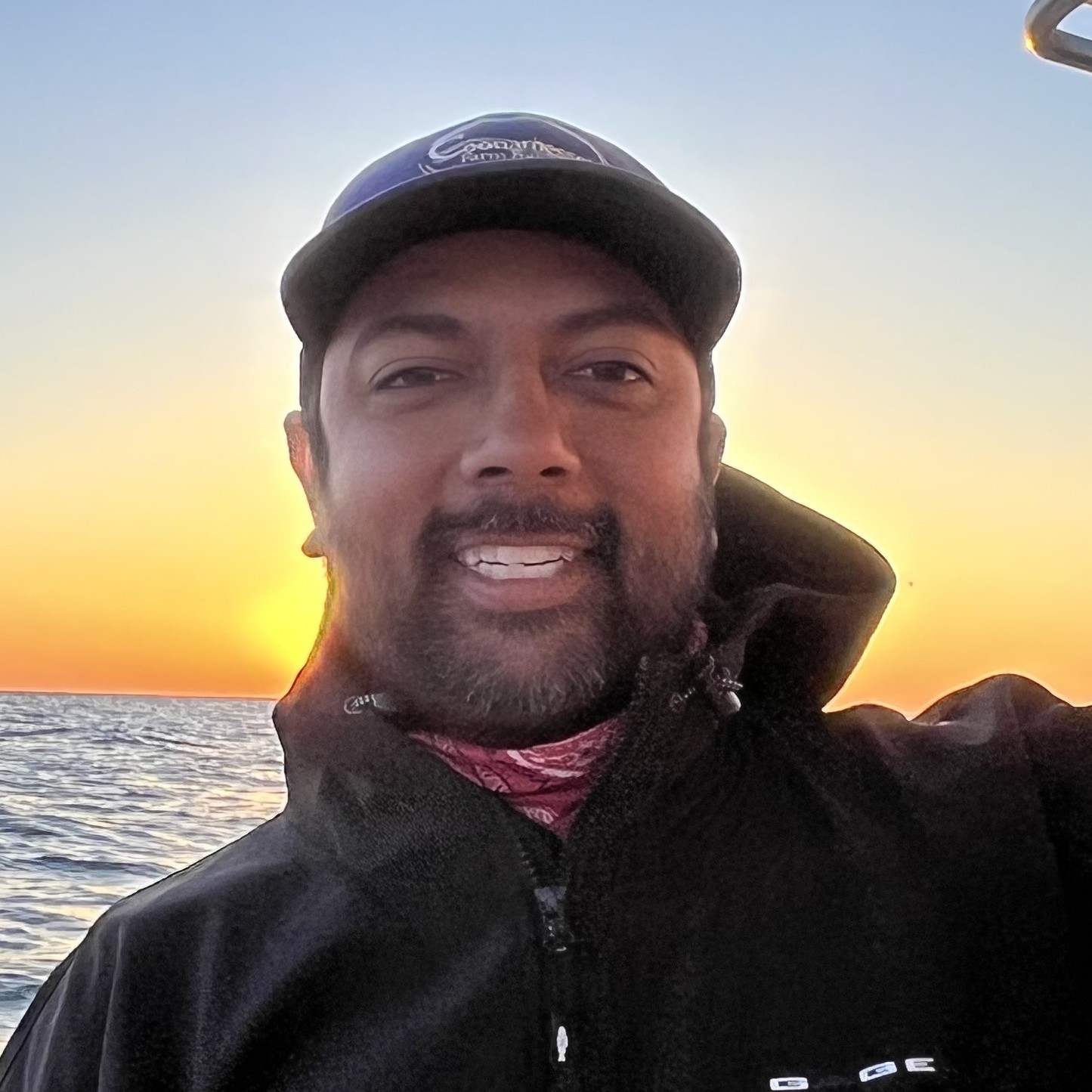About This Project
We are creating a Field Ready eDNA analyzer to increase our understanding of marine animals. It can be used by a citizen scientist to quickly sense the presence of an animal from a sample of ocean water. The device will be open source, inexpensive, reusable, and adaptable to other species. We will create an example device will be able to detect the presence of sea nettle jellyfish. The species is of interest to people (to avoid stings), and is also prey to important marine megafauna.
Ask the Scientists
Join The DiscussionWhat is the context of this research?
The collection and analysis of marine eDNA samples is revolutionizing our understanding of marine animals, but it takes trained biologists and laboratories full of expensive equipment to obtain and analyze the samples. We could dramatically increase our understanding by leveraging the work of citizen scientists, but appropriate eDNA tools (inexpensive, reusable, and easy to use) do not exist for them. Fortunately we have a model for those tools in the home molecular diagnostic tests (e.g. Cue, Lucira, Detect, PlusLife) that have been developed for Covid, flu and monkeypox detection. We are developing the needed tools, and this grant will allow us to create an example analysis device that anyone can be taught to use successfully.
What is the significance of this project?
This project will begin to enable citizen scientist collection and analysis of marine eDNA for animal presence. While it focuses on one marine animal, follow-up work can expand to other taxa (including megafauna, plants and plankton). Additional work will improve networked data collection, so the results are automatically analyzed and reported to a central database for sharing.
The use of citizen scientists offers the additional advantage of actively engaging a broader community of people, directly connecting more people with our oceans, with marine animals and with the scientific process.
What are the goals of the project?
The goal is to develop an example device and protocols to detect one type of animal, the Atlantic sea nettle jellyfish, including sampling, lysis, extraction, amplification and visualization. All of this will be carried out with a sample tube and a paper-fluidic cartridge that contains dried reagents. The sample is put in the cartridge, and the cartridge is inserted in a reusable battery powered analyzer that controls time and temperature for amplification, with future provision for automatically reporting results via smartphone. All of the design information (CAD drawings, reagent formulations, PC board layout and bill-of-material, and microcontroller software) will be freely available for others to extend to other applications.
Budget
Each budget item addresses one stage in the eDNA identification process. First it must be easy for a citizen scientist to take a marine sample containing eDNA. Cells in the sample need to by lysed and the DNA extracted in a single step. An analyzer will be designed and built to hold the isothermal amplification reaction at just the right temperature for the right amount of time. The reaction takes place in a cartridge that also has to be designed, built and tested. Reagents and tools are required for all of these steps.
Endorsed by
 Project Timeline
Project Timeline
Project development roughly parallels assay processing.
A simple sampling protocol (passive or active) needs to be developed. This step has the most risk, so it is early in the schedule.
The heater needs hardware and software development. This is low risk, but needed for subsequent testing, so it is also early.
The paper fluidic cartridge is a well known technique, it's a matter of experimenting to work out the specific flows and reagents needed.
It is important to share the results.
Jul 11, 2024
Project Launched
Sep 30, 2024
Analyzer shown to hold reaction chamber at required isothermal amplification temperature for required period
Sep 30, 2024
Passive sampling protocol shown to work with lysis/extraction protocol and standard LAMP assay
Dec 31, 2024
Single step lysis/extraction shown to work with eDNA passive sample
Jan 31, 2025
Cartridge shown to amplify and visualize DNA
Meet the Team
Rick Rogers
Rick is an experienced engineering professional, with Masters degrees in Biomedical and Electrical Engineering. He retired from a successful career in computer and mobile phones, and has been working with conservation biologists at National Marine Fisheries Service for the last four years, acquiring data to better understand the ecology of endangered sea turtles, using tools like machine learning and eDNA.
Additional Information
This project is submitted in response to the Ocean Sensors Challenge.
Project Backers
- 5Backers
- 103%Funded
- $9,095Total Donations
- $1,819.00Average Donation

